Have you ever been captivated by a bird’s low, sorrowful cry in the early morning? That’s the unique call of the Mourning Dove, a small, simple yet beautiful bird that’s a common sight in America, particularly in Florida. Known for its surprisingly gentle, lamenting coo and the whistling of its wings when startled, the Mourning Dove is a fascinating creature to discover.
The mourning dove’s plumage is a rusty grey with white undertones and black spots on its short wings and pointed tail. It has a small beak designed to collect seeds they can store in their specialized esophagus called the crop. In fact, the mourning dove has evolved to drink brackish water without the effects of dehydration, allowing the bird to live in deserts and ocean coasts alike.
Birdwatchers can attract the mourning dove by planting low shrubs to protect
them as they forage; however, they will usually only nest in the safety of tall trees. This dove species is also the most abundant game bird in North America, with hunters taking home roughly 20 million a year. Despite this, the mourning dove is a common and wonderful sight.

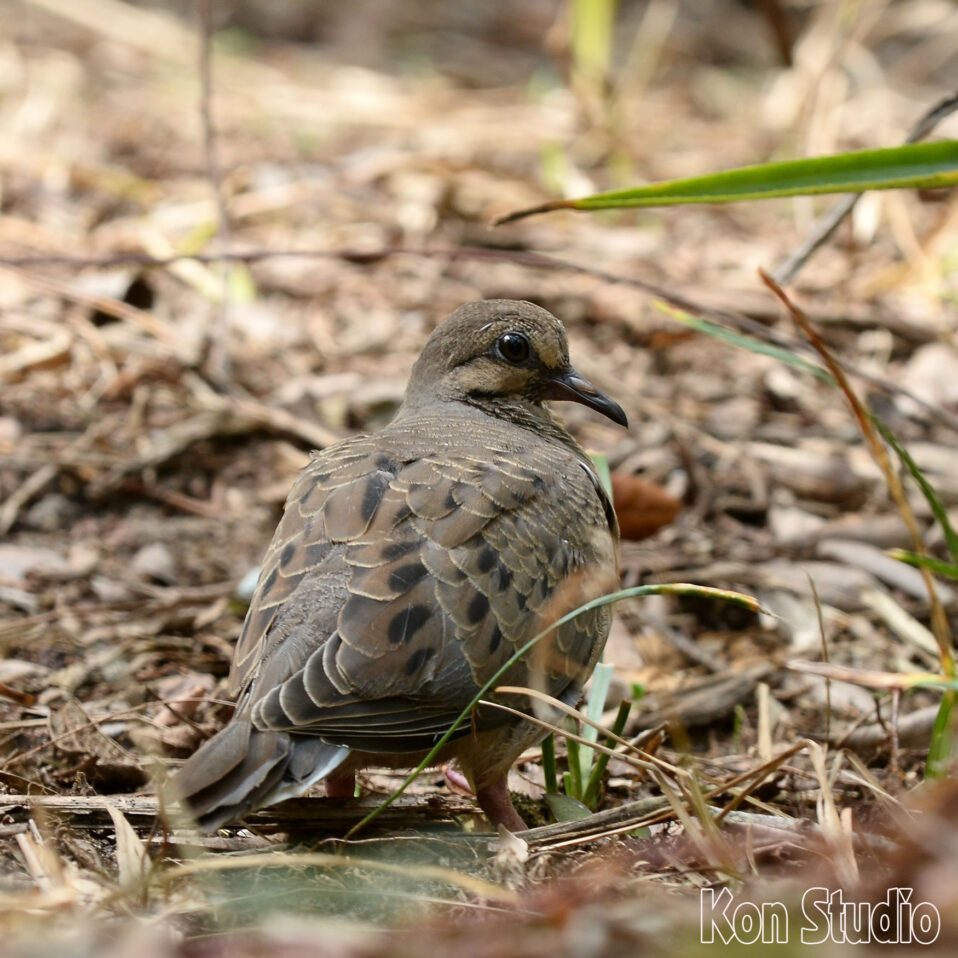
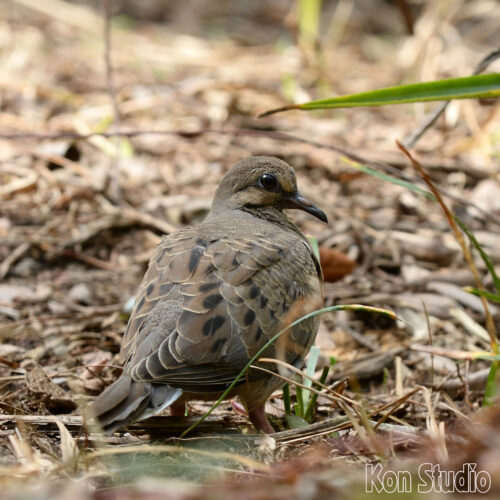
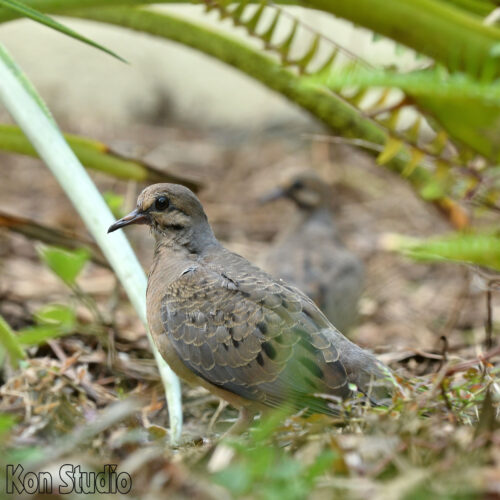
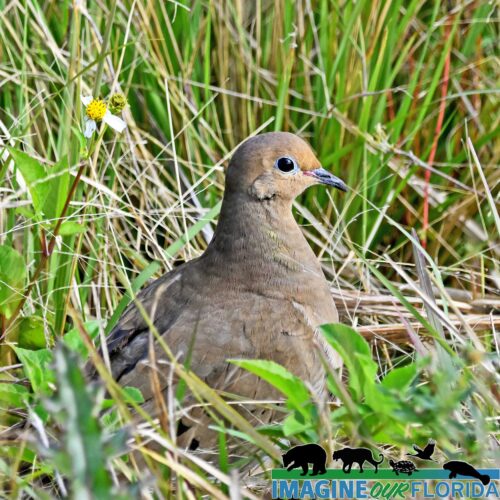
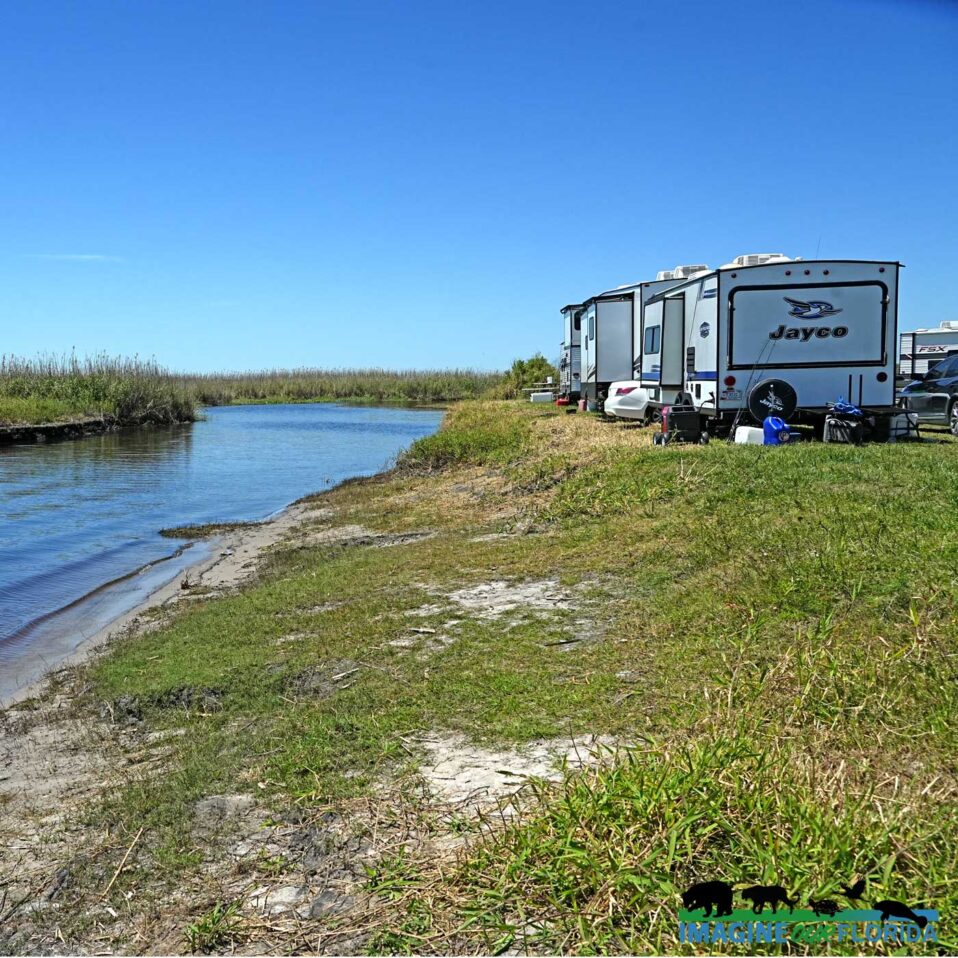
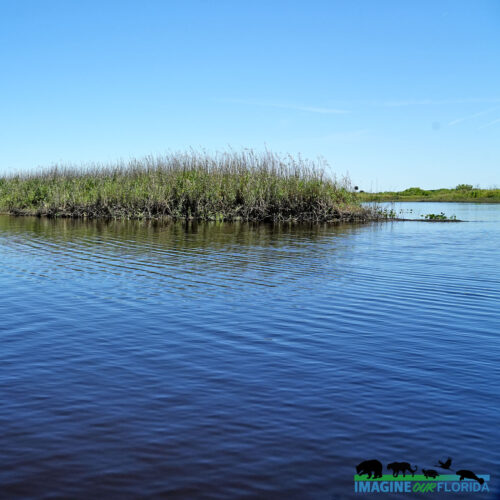
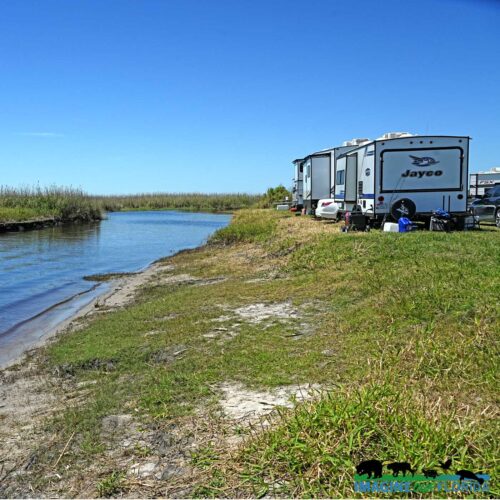
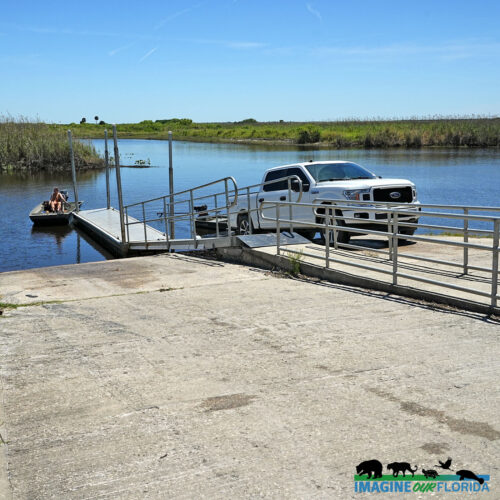
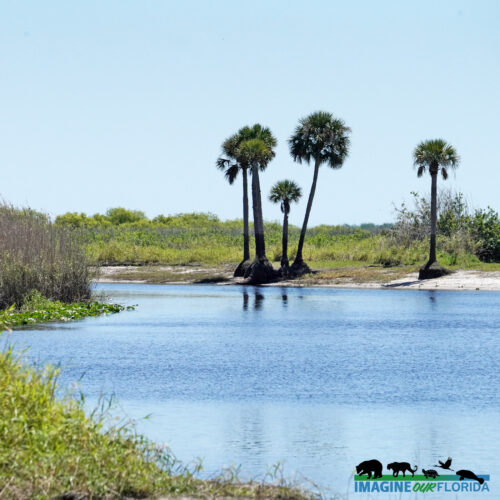
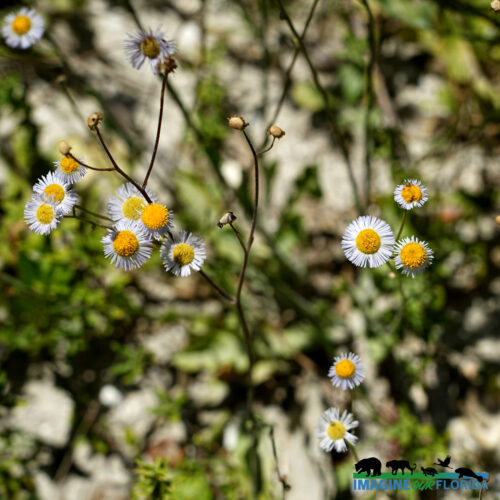
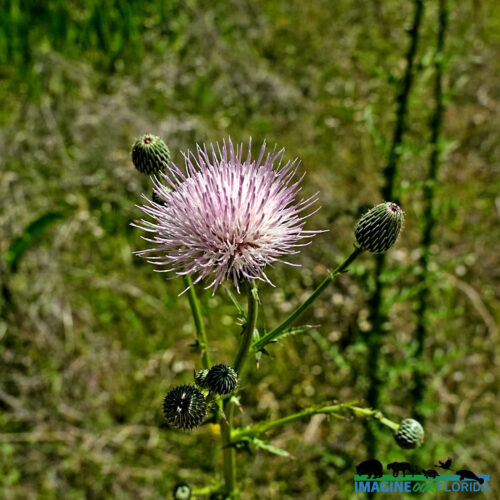
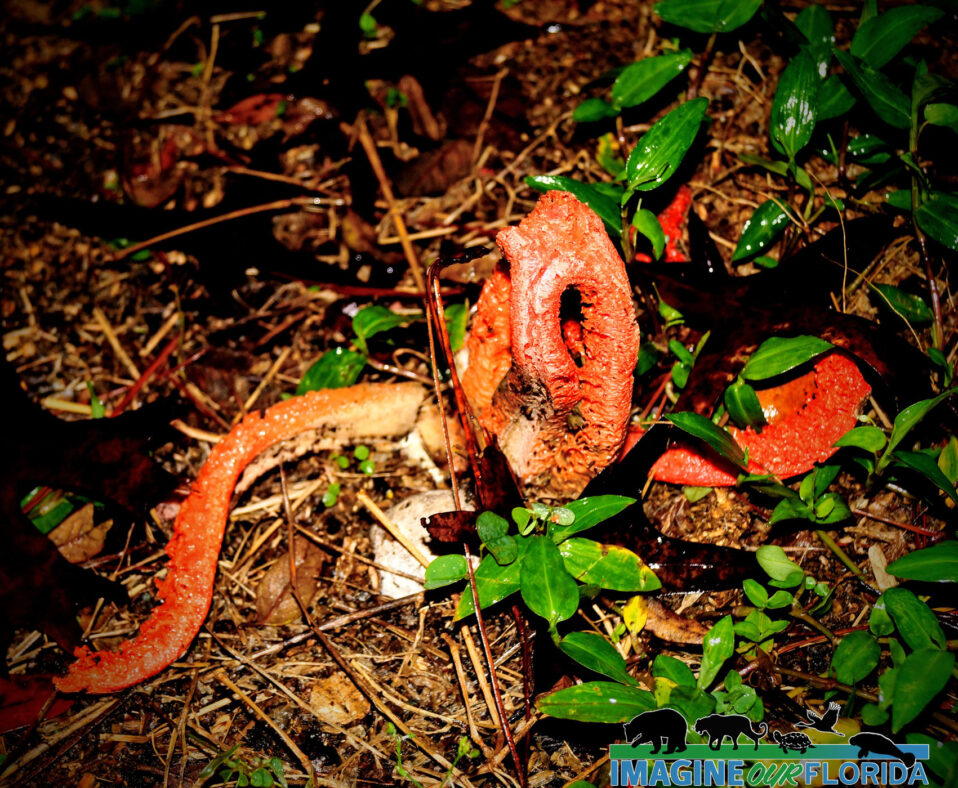
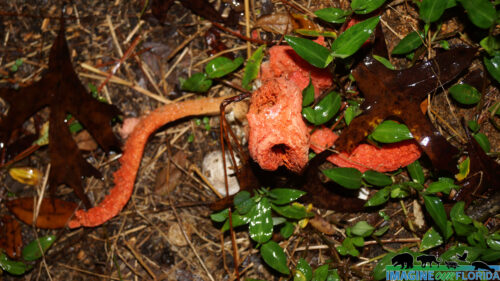
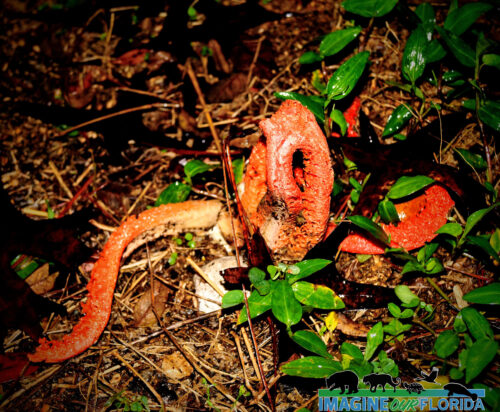
Recent Comments